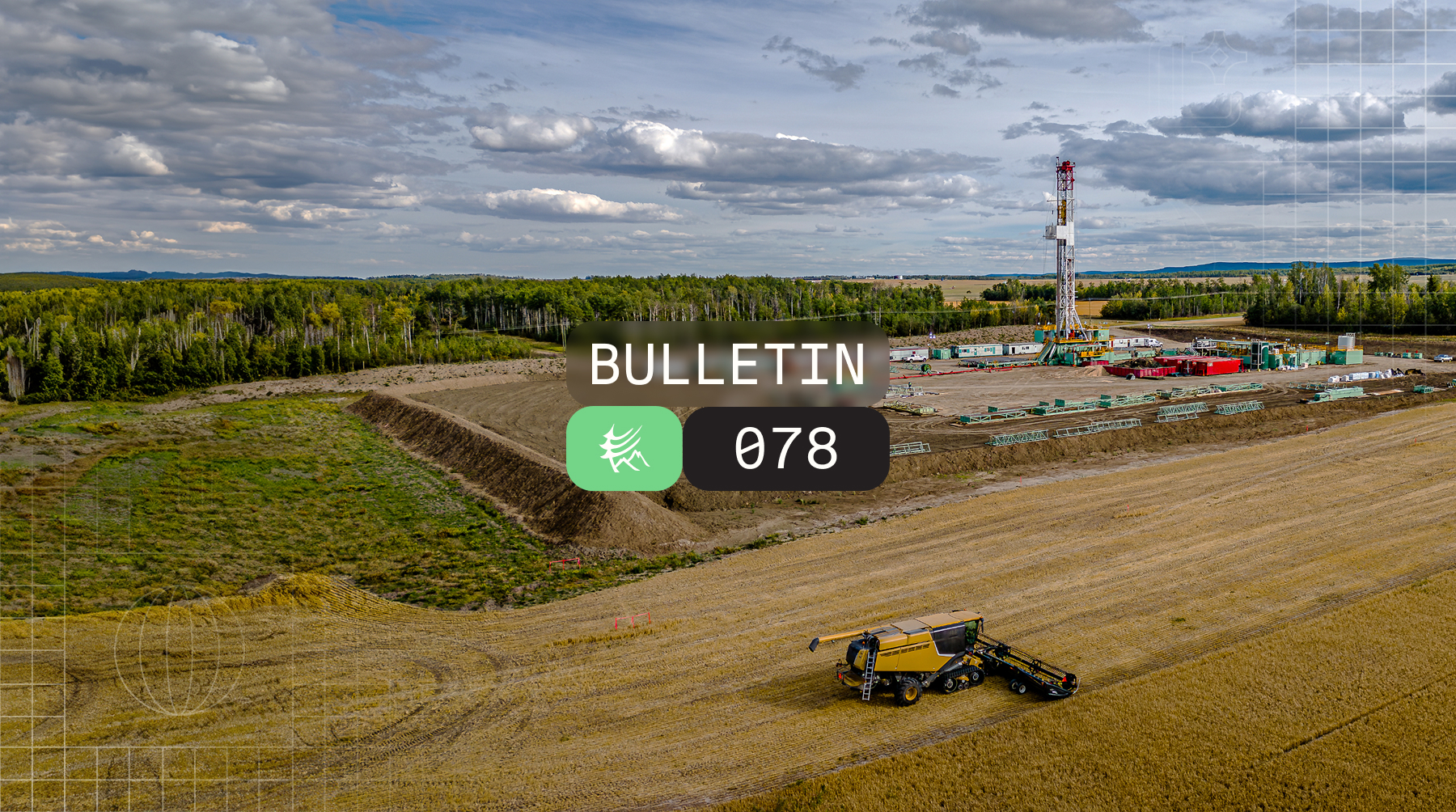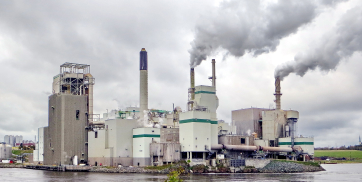In the Inflation Reduction Act (IRA), Congress tasked the EPA with developing a Waste Emissions Charge (WEC, i.e., waste methane fee) for the 2024 Greenhouse Gas Reporting Program (GHGRP) reporting year and onward. EPA responded to this mandate by releasing a detailed proposed rule on January 12, 2024. Here, we summarize the motivation for this proposed rule and briefly address two questions that were clarified within the document: How do I calculate my emissions threshold, and how can I net this threshold across multiple facilities?
Background
The IRA tasked the EPA with developing a framework for oil and gas operators to pay a charge on reported methane emissions over specified thresholds. The IRA specified several key aspects of the WEC:
• The uncharged threshold would be a portion (0.05% to 0.2%) of natural gas a facility sends to sale.
• Operators are required to pay for any emissions above their threshold: 900 USD/tonne of methane in the 2024 reporting year, increasing to 1200 USD/tonne in 2025, and then 1500 USD/tonne in 2026 onward.
• The WEC would be based on GHGRP methodology of part 98 Subpart W.
• The WEC will be assessed based on GHGRP emissions for the reporting year of 2024 and forward.
However, the IRA was not clear about which metrics would be used to calculate this threshold. The IRA also permits emissions to be netted across multiple assets for calculation of the threshold, yet the IRA wording around netting is vague. In the EPA’s proposed CFR 40 Part 99 “Waste Emissions Charge for Petroleum and Natural Gas Systems”, the EPA emphasizes that GHGRP will be the “cornerstone” of the WEC, with netting protocol and throughput metrics clarified.
Waste Emissions Threshold
Facilities from applicable segments1 reporting to the GHGRP emitting over 25000 t CO2e are eligible for WEC assessment. If a facility reports under multiple segments, the combined CO2e reported from all segments is used to determine WEC eligibility. Methane waste emissions thresholds, based on industry segment, vary from 0.05% to 0.2% of natural gas throughput sent to sales. In this proposal, EPA defines the throughput metric for each segment (see chart below). EPA also clarifies that facilities with zero throughput will have emissions thresholds of zero2. If a facility reports under multiple segments, a threshold for the emissions from each segment is calculated separately, and added together for that facility’s total threshold. Methane emissions above these thresholds would then be assessed a charge each reporting year.
Industry Segment Throughput Metrics and Methane Intensities
| Industry Segment | Throughput Metric1 | Segment Specific Methane Intensity |
| Onshore petroleum and natural gas production |
Quantity of gas from producing wells sent to sale. or Quantity of crude oil from producing wells sent to sale. 2 |
0.2% of natural gas or 10 metric tons of methane per million barrels of oil. 2
|
| Offshore petroleum and natural gas production | ||
| Onshore petroleum and natural gas gathering and boosting | Quantity of gas transported through the facility to a downstream endpoint.3 | 0.05% of natural gas. |
| Onshore natural gas processing | Quantity of processed residue gas leaving the facility plus gas that passes through the facility to sale without being processed. | |
| Onshore natural gas transmission compression | Quantity of natural gas transported through the compressor station. | 0.11% of natural gas. |
| Onshore natural gas transmission pipeline |
Quantity of gas transported through the facility and transferred to third parties.4 |
|
| Underground natural gas storage | Quantity of gas withdrawn from storage and sent to sale. | |
| LNG import equipment | Quantity of LNG imported that is sent to sale. | 0.05% of natural gas. |
| LNG export equipment | Quantity of LNG exported that is sent to sale. | |
| LNG storage | Quantity of LNG withdrawn from storage and sent to sale. |
1Throughput metrics in this table are based on the proposed subpart W reporting elements in the 2023 Subpart W Proposal (88 FR 50282).
2If facility sends no natural gas to sale.
3Downstream endpoint such as a natural gas processing facility, a natural gas transmission pipeline, a natural gas distribution pipeline, a storage facility, or another gathering and boosting facility.
4Third parties such as LDCs or other transmission pipelines.
Threshold Netting
In the proposed rule, the EPA clarifies netting protocols. The EPA notes that operators may have some facilities with particularly low emissions which could offset the WEC liability of other higher emitting facilities. In this proposal, direct owners/operators, but not parent companies3, may combine the thresholds of all the facilities they own into a net threshold to reduce their total WEC obligation. The WEC will be based strictly on facility ownership December 31st of the reporting year, including for netting purposes. EPA clarifies that WEC calculations will not be pro-rated if ownership changes during the year.
The Environmental Defense Fund has previously estimated potential WEC reductions of hundreds of millions of dollars per year from emissions netting. The EPA estimates, based on 2021 GHGRP data, that netting would reduce the total methane emissions subject to a hypothetical 2021 WEC by 200000 tonnes. The EPA clarifies that facilities are not eligible for netting if they report less than 25000 tonnes CO2e or do not report to GHGRP.
Impact
The EPA estimates in its Regulatory Impact Analysis that ~15% of petroleum and natural gas emissions could have a WEC obligation. If the WEC were applied to the 2021 reporting year, the EPA calculates ~ 1 million tons of methane emissions would be subject to the WEC. Based on the assumption that operators will choose emissions mitigation if it is lower cost than paying a WEC obligation, the EPA projects 960000 tonnes (27 million tonnes CO2e) methane emissions will be mitigated in total by 2035.
The EPA is seeking feedback on this proposed rule. Written comments identified by Docket ID No. EPA-HQ-OAR2023-0434 can be submitted here, within 30 days after the proposed rule is published in the federal register. Additionally, a public hearing will be held, where commenters can speak for 4 minutes each. Commenters must register in advance here within 12 days after the proposed rule is published in the federal register.
1 Applicable facilities: onshore petroleum and natural gas production, offshore petroleum and natural gas production, onshore petroleum and natural gas gathering and boosting, onshore natural gas processing, onshore natural gas transmission compression, onshore natural gas transmission pipeline, underground natural gas storage, LNG import and export equipment, or LNG storage.
2 “Under the proposed approach, all reported methane emissions from facilities with no reported throughput would be considered to be exceeding the waste emissions threshold. The EPA notes that the proposed approach is based on a plain reading of the statutory text; because these facilities would have a calculated waste emissions threshold of zero, all reported methane would by default be exceeding the threshold. The EPA requests comment on the treatment of gathering and boosting and natural gas processing facilities that do not report any volumes for the proposed WEC throughput metrics.”
3 “Although the EPA believes that the owner or operator approach is the most appropriate for netting under WEC, we seek comment on an alternative approach that would use the parent company of a facility’s owner or operator for the WEC obligated party and determining common ownership or control of facilities.”






